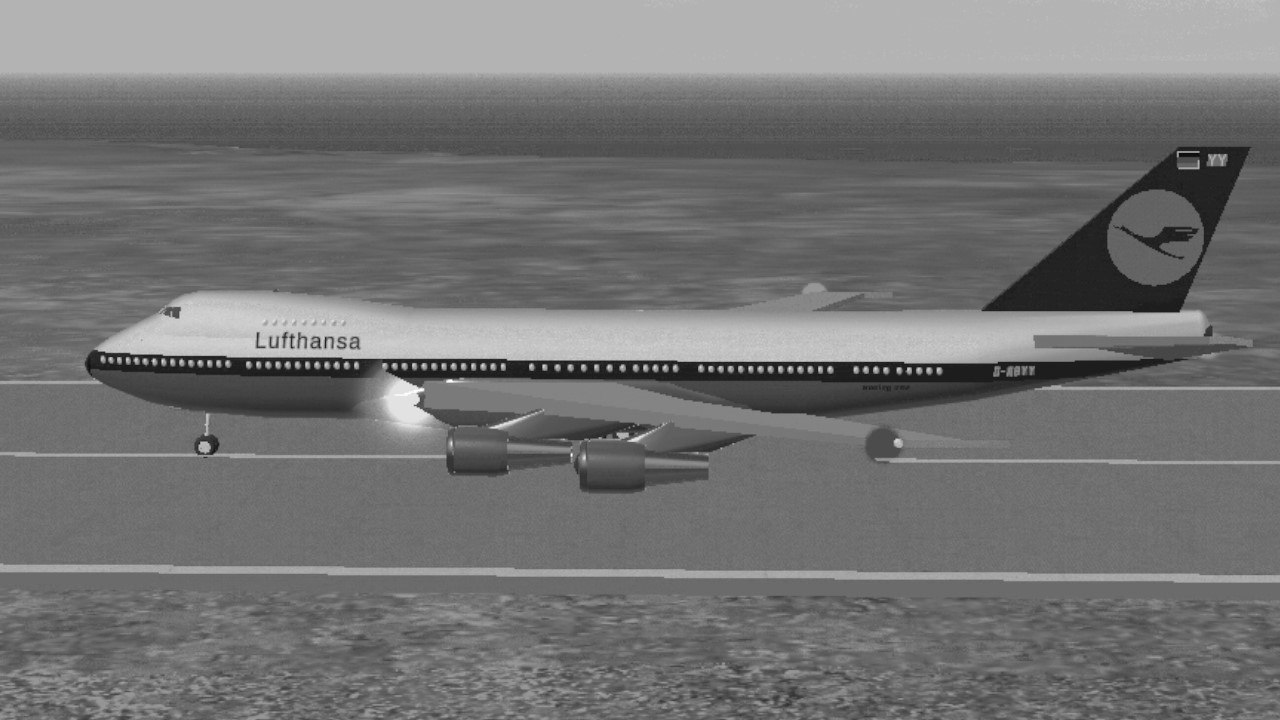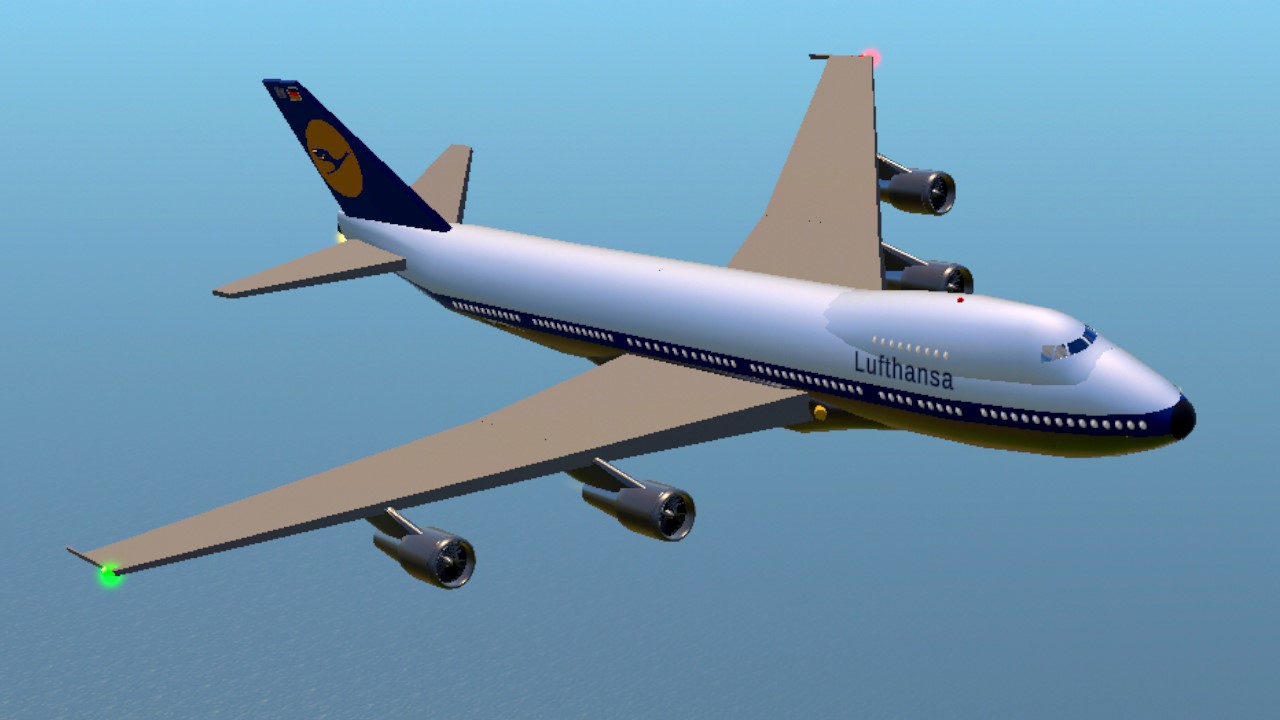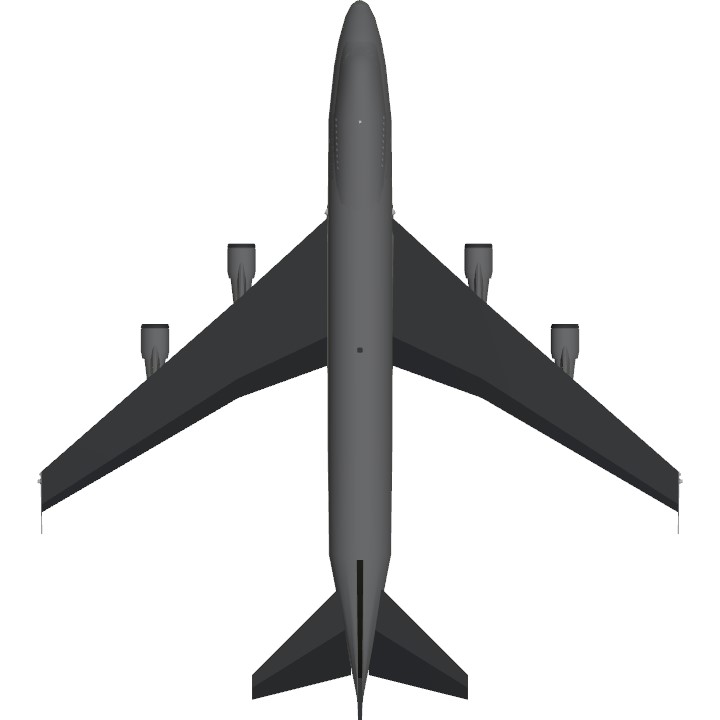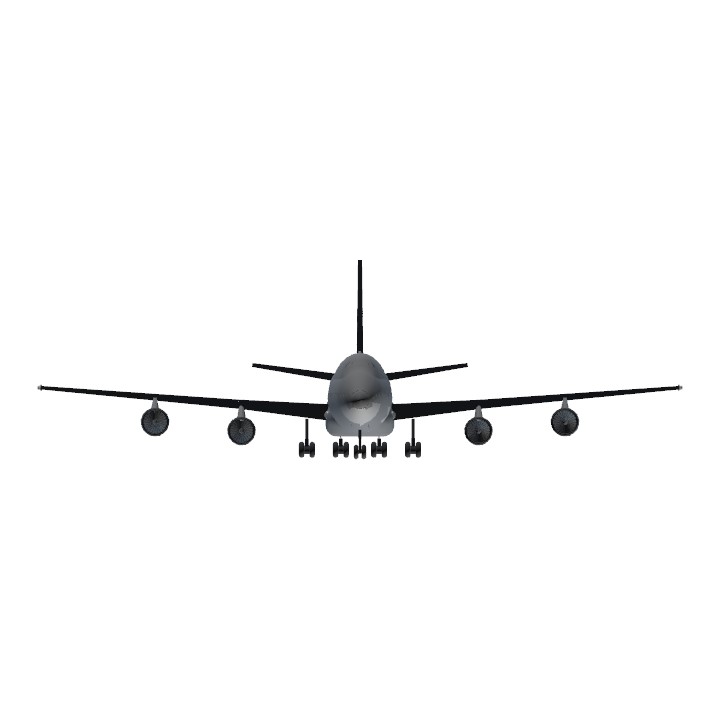Introductions:
Introduction of Boeing 747-200
While the 747-100 powered by Pratt & Whitney JT9D-3A engines offered enough payload and range for medium-haul operations, it was marginal for long-haul route sectors. The demand for longer range aircraft with increased payload quickly led to the improved -200, which featured more powerful engines, increased MTOW, and greater range than the -100. A few early -200s retained the three-window configuration of the -100 on the upper deck, but most were built with a ten-window configuration on each side. The 747-200 was produced in passenger (-200B), freighter (-200F), convertible (-200C), and combi (-200M) versions.
The 747-200B was the basic passenger version, with increased fuel capacity and more powerful engines; it entered service in February 1971. In its first three years of production, the -200 was equipped with Pratt & Whitney JT9D-7 engines (initially the only engine available). Range with a full passenger load started at over 5,000 nmi (9,300 km; 5,800 mi) and increased to 6,000 nmi (11,000 km; 6,900 mi) with later engines. Most -200Bs had an internally stretched upper deck, allowing for up to 16 passenger seats. The freighter model, the 747-200F, had a hinged nose cargo door and could be fitted with an optional side cargo door, and had a capacity of 105 tons (95.3 tonnes) and an MTOW of up to 833,000 pounds (378 t). It entered service in 1972 with Lufthansa. The convertible version, the 747-200C, could be converted between a passenger and a freighter or used in mixed configurations, and featured removable seats and a nose cargo door. The -200C could also be outfitted with an optional side cargo door on the main deck.
The combi aircraft model, the 747-200M (originally designated 747-200BC), could carry freight in the rear section of the main deck via a side cargo door. A removable partition on the main deck separated the cargo area at the rear from the passengers at the front. The -200M could carry up to 238 passengers in a three-class configuration with cargo carried on the main deck. The model was also known as the 747-200 Combi. As on the -100, a stretched upper deck (SUD) modification was later offered. A total of 10 747-200s operated by KLM were converted. Union de Transports Aériens (UTA) also had two aircraft converted.
After launching the -200 with Pratt & Whitney JT9D-7 engines, on August 1, 1972, Boeing announced that it had reached an agreement with General Electric to certify the 747 with CF6-50 series engines to increase the aircraft's market potential. Rolls-Royce followed 747 engine production with a launch order from British Airways for four aircraft. The option of RB211-524B engines was announced on June 17, 1975. The -200 was the first 747 to provide a choice of powerplant from the three major engine manufacturers. In 1976, its unit cost was US$39M (208.8M today).
A total of 393 of the 747-200 versions had been built when production ended in 1991. Of these, 225 were -200B, 73 were -200F, 13 were -200C, 78 were -200M, and 4 were military. Iran Air retired the last passenger 747-200 in May 2016, 36 years after it was delivered. As of July 2019, five 747-200s remain in service as freighters.
Introduction of Lufthansa
Deutsche Lufthansa AG or simply Lufthansa, is the flag carrier of Germany. When combined with its subsidiaries, it ranks second in Europe by passengers carried, as well as largest in Europe and fourth largest in the world by revenue. Lufthansa is also one of the five founding members of Star Alliance, which is the world's largest airline alliance, formed in 1997. Lufthansa was founded in 1953 and commenced operations in April 1955.
Besides operating flights under its own brand, the Lufthansa Group also owns several other airlines, including Austrian Airlines, Brussels Airlines, Discover Airlines, Eurowings and Swiss International Air Lines. The group also owns several aviation-related companies, including Global Load Control, Lufthansa Consulting, Lufthansa Flight Training, Lufthansa Systems and Lufthansa Technik.
The company was founded as Aktiengesellschaft für Luftverkehrsbedarf (often shortened to Luftag) on 6 January 1953 by staff of the former Deutsche Luft Hansa, Germany's national airline founded in 1926. While Deutsche Luft Hansa played a significant role in the development of commercial aviation in Germany, it was liquidated in 1951 due to its association with the Nazi regime during World War II. Luftag adopted the branding of the former flag carrier by acquiring the Luft Hansa name and logo in 1954.
Lufthansa's corporate headquarters are in Cologne. The main operations base, called Lufthansa Aviation Center, is located at Frankfurt Airport, the airline's primary hub. It also maintains a secondary hub at Munich Airport, along with its Flight Operations Centre.
Credit to MAPA for the aircraft
Wir sehen uns!
Specifications
Spotlights
- MAPA 7 months ago
General Characteristics
- Predecessor Boeing 747-200B Heavy (Braniff International)
- Created On iOS
- Wingspan 209.6ft (63.9m)
- Length 234.4ft (71.4m)
- Height 64.9ft (19.8m)
- Empty Weight N/A
- Loaded Weight 47,583lbs (21,583kg)
Performance
- Power/Weight Ratio 1.983
- Wing Loading 35.0lbs/ft2 (170.8kg/m2)
- Wing Area 1,359.9ft2 (126.3m2)
- Drag Points 3930
Parts
- Number of Parts 190
- Control Surfaces 9
- Performance Cost 936







Stopping kids from re-uploading "flight 540" cus the windows that involved the crash was from the 747-100 variant. I can do that easily.
很讚的漆裝
On omg
@CR929thenewSPplayer 厉害,加油
每天疯狂写作业写到吃完饭 : (
(我一般会在空闲时间发作品)
@LJh1
@A380istheGOAT von der hundertausend bienelein! Mitt umschwart...
Erika!
你这三天是怎么过的 😱
@Rjenteissussy rip.
AUF DER HEIDE BLÜHT EIN KLEINES BLÜMELEIN! UND DAS HEIßT....
ERIKA!
Remembering the PAL 747-200